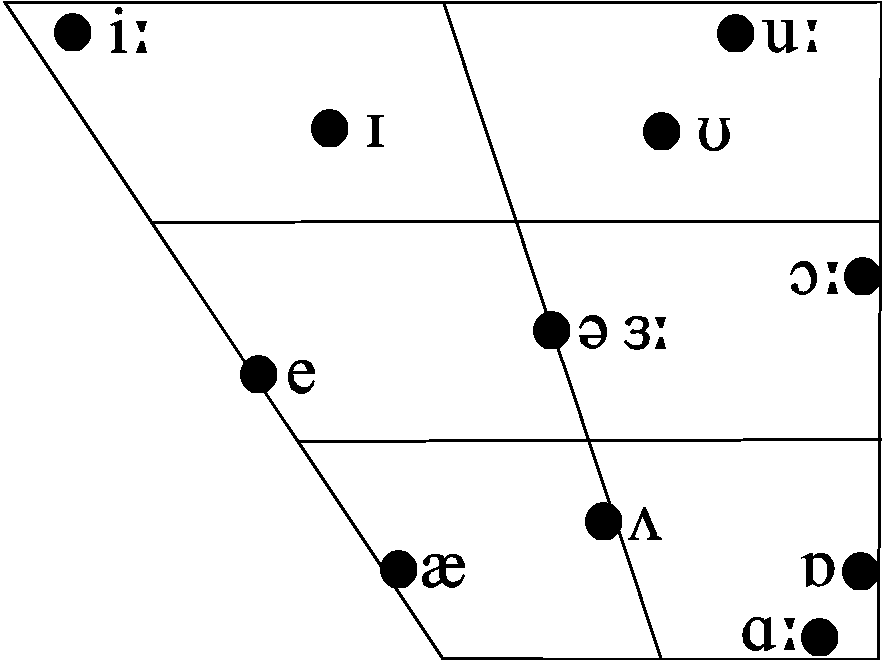Interactive IPA Vowel Sound Chart
The Purpose of the Vowel Sound Chart
The vowel sound chart helps us identify the position of the tip of the tongue for each vowel sound. The twelve monophthongs can be categorized according to their positions on the chart and the corresponding shape of the mouth. However, more importantly, it helps us distinguish between the position of the individual phonemes. On first glance, some of the vowel sounds may sound similar. However, we can differentiate the sounds based on subtle differences in the relative position of the tip of the tongue. As you use this chart, you will begin to realize just how useful it is in distinguishing between the different sounds of British English pronunciation.
Note that this interactive chart only works in desktop mode.
Click on the IPA symbols below to playback the sounds.

Close vs Open
The height of the tongue affects the height of the jaw. As the tip of the tongue raises, the jaw tends to become more closed. As the tip of the tongue drops, the jaw tends to become more open.
A vowel sound can be categorized as:
- Open
- Near-open
- Mid
- Close
- Near close
Front vs Back
Vowel sounds in which the tip of tongue pushes forward are known as front vowels. Vowel sounds in which the tip of the tongue pulls back are known as back vowels.
A vowel sound can be categorized as:
- Front
- Near-front
- Back
- Near-back
Rounded vs Unrounded
Not only do we need to know the position of the tongue, but we also need to know how to shape the mouth for each sound. Vowel sounds can be categorized according to the shape of the mouth as either:
- Rounded
- Unrounded
Examples
Let’s take the /ɒ/ sound which appears in words such as ‘hot’, ‘got’ and ‘not’. The /ɒ/ sound is defined as an open-back rounded vowel.
The schwa sound /ə/ is labelled as a mid-central vowel. It is neither rounded nor ungrounded. It is neither an open vowel nor a close vowel. In other words, the schwa sound commands a neutral position which reflects the relaxed facial posture of the mouth.
The Twelve Monophthongs
The Short Vowel Sounds
/æ/ Near-open front unrounded vowel
/ɪ/ Near-close near-front unrounded vowel
/ʊ/ Near-close near-back rounded vowel
/ɛ/ (/e/) Open-mid front unrounded vowel
/ɒ/ Open back rounded vowel
/ʌ/ Near-open central vowel
/ə/ Mid central vowel
The Long Vowel Sounds
/iː/ Close front unrounded vowel
/ɜː/ Mid central vowel
/ɔː/ Mid back rounded vowel
/uː/ Close back rounded vowel
/ɑː/ Open back unrounded vowel